A roadtrip to nine universities in the Midwest
2500 kilometers of asphalt and nine universities in two weeks. TU/e professor Marc Geers traveled to the US this spring to take the Midwest Mechanics Seminar tour. He visited nine campuses, was shown around laboratories, dined with colleagues and held nine talks about dynamical and mechanical metamaterials. Back in Eindhoven, he scrolls through the photos and talks to Cursor.
Being invited to deliver the Midwest Mechanics Seminar is quite an honor. Only two highly respected mechanical engineers working at a Dutch university preceded Marc Geers since the first edition in 1958: Warner T. Koiter (TU Delft) in 1961, and Detlef Lohse (UTwente) in 2018. The professor in Mechanics of Materials at TU/e was invited in 2019, but had to wait until this year to travel to the US due to corona and other circumstances.
The seminar tour is anything but a comfortable pleasure trip, by the way: after the flight to the US, Geers got into a rental car and visited nine universities in two weeks. “The distances between these universities ranged from a hundred to six hundred kilometers.”
Geers visited the following universities during his trip: University of Michigan, Michigan State University, University of Notre Dame, University of Wisconsin Madison, Purdue University, University of Illinois Urbana Champaign, Illinois Institute of Technology, Iowa State University and University of Minnesota. “These are well-known universities. Not in the Harvard of MIT league, but just below, perhaps more similar to TU/e.”
His university visits always followed a fixed pattern. He got up early in the morning and took a tour of the campus grounds – “Despite my busy schedule during the day, I wanted to get a sense of the atmosphere on campus.” – followed by lab visits, meetings with peers, the seminar, the car drive to the next location and a dinner with colleagues, in a restaurant or at someone’s home. He then returned to the hotel, tired but satisfied, and repeated the same schedule the following day.
License plates
How do American Midwest universities compare to TU/e? Geers is very fond of the stately, nineteenth-century architecture on the campuses – very different from the much younger, industrial TU/e buildings. The key role of sports in American campus culture is evident from the fact that many campuses have large stadiums, such as the one at Michigan State University, home of American football team The Spartans.
Geers was also struck by how proud students and employees are of ‘their’ university. “The only thing we put on our license plates is the name of the car dealer, whereas in the US I’ve seen license plates with the names of universities on them.” During his early morning walks, Geers often saw how families took a picture next to buildings or statues, such as the one of Purdue alumnus and first man on the moon Neil Armstrong.
And Purdue isn’t the only university that likes to focus on its famous alumni and strong points. “American universities are very outspoken about branding.” This probably doesn’t fit well with our more down-to-earth culture, Geers thinks, but he also saw some inspiring examples. “The University of Minnesota has a 77 meters long Wall of Discovery on its campus, with every invention and discovery ever made at that university. Something like that wouldn’t be out of place at TU/e, I believe.”
Dollars
Universities in the US also take a different approach to organizational matters than universities in the Netherlands. The most important difference: “They have an incredible amount of money, mostly thanks to their so-called culture of endowment: alumni like to invest huge sums of money in their alma mater. In return, a university building will be named after them, for example.”
Those large stacks of dollars don’t just result in beautiful campuses, but also in laboratories with state-of-the-art equipment. By way of illustration, Geers shows of photo he made of a huge composite 3D printer. It all sounds like an American dream, but he prefers the advantages of ‘our’ system.
“In the US, labs are often founded and used by just one or a few principal investigators, very individualistically. In the Netherlands, conversely, there is an entire team behind it. That’s not just good for the strength and continuity, but for research as well, because this leads to an interdisciplinary – and often interdepartmental – approach, which increases the quality. That’s the way it should be, in my view.”
Odometer
When Geers returned his rental car, he had added 2500 kilometers to the odometer and gained a wealth of experience. “I could also have given the nine seminars online if I wanted to, but that wasn’t an option. That way, you don’t get to see anything.” His next challenge awaits him in September, when he will become a member of KNAW.
One final question: what did he talk about during the seminar? “I talked about dynamical and mechanical metamaterials. These are human-made materials with unique, often even counter-intuitive characteristics. Think of material that doesn’t allow a specific type of sound to penetrate.”
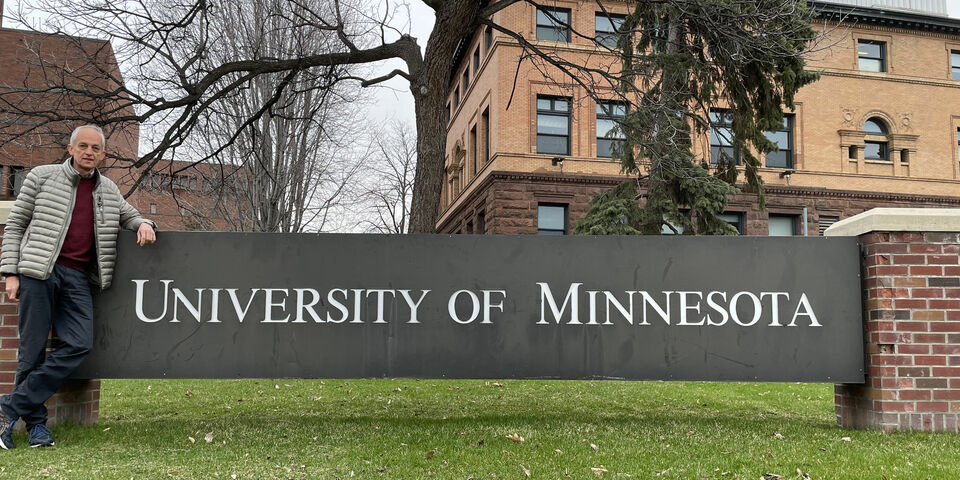

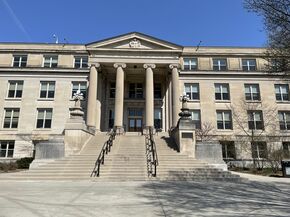
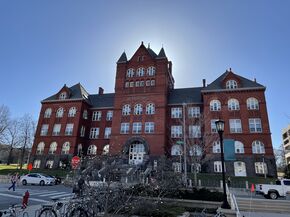
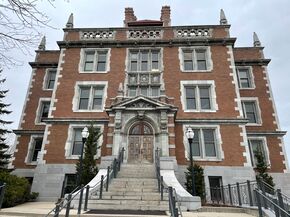
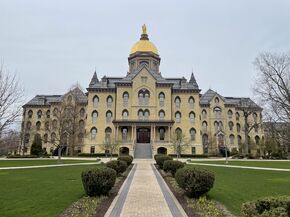
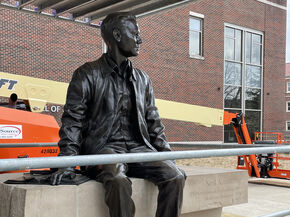
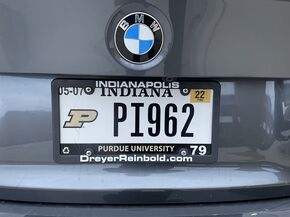
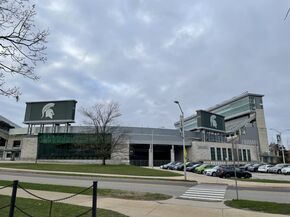
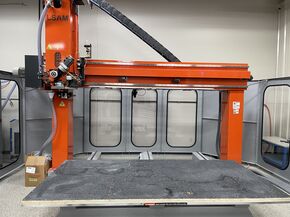
Discussion